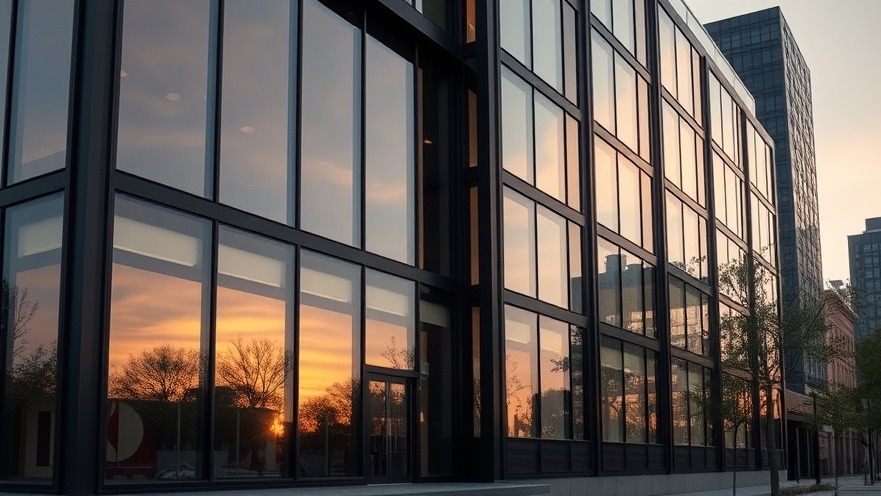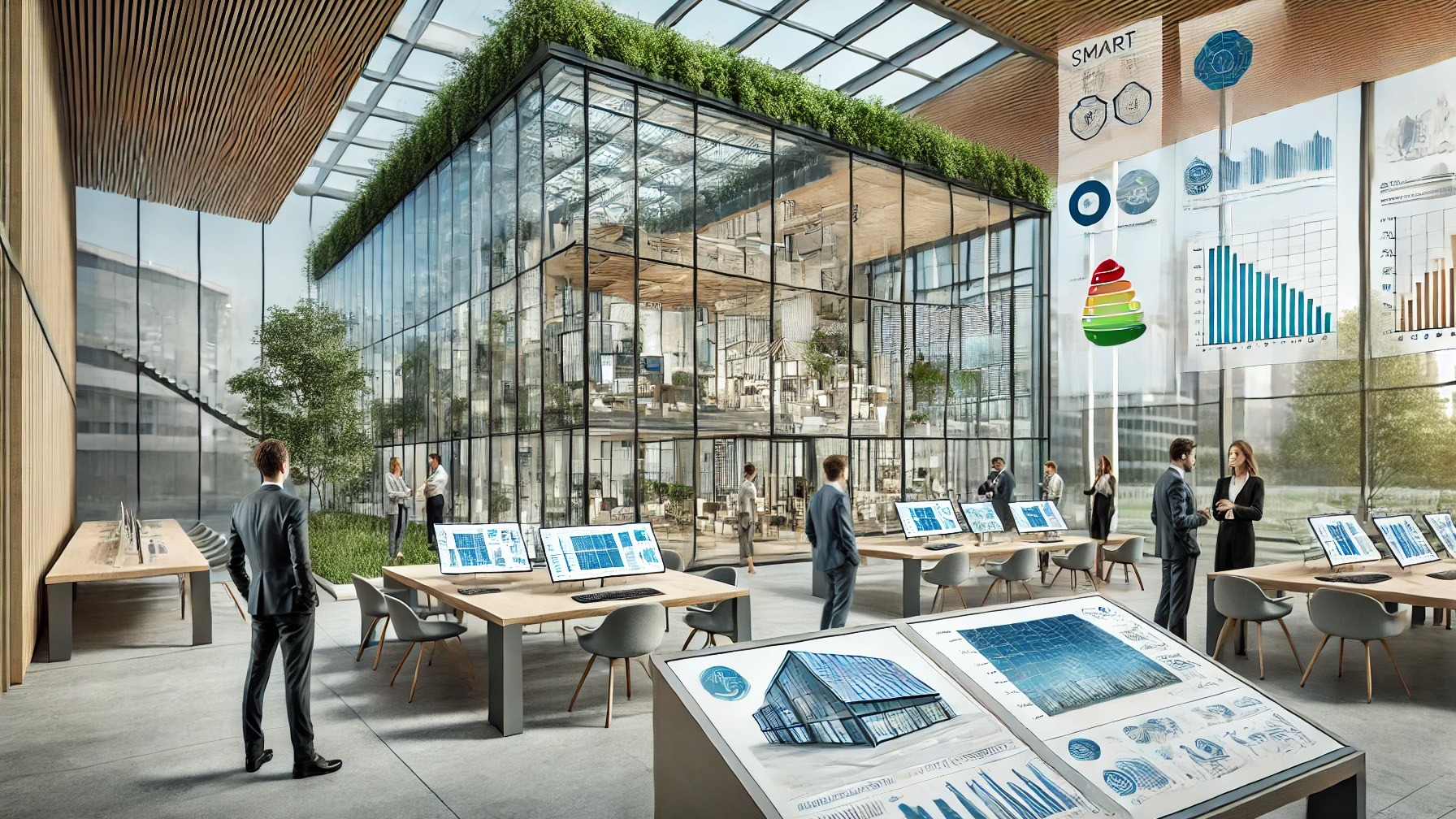
The Evolution of Hybrid Curtain Wall Systems
In the world of construction and architectural design, hybrid curtain wall systems have emerged as a pivotal advancement, particularly for high-performance buildings where energy efficiency and thermal performance are critical. These systems combine different materials, such as aluminum and polymer, to optimize both aesthetics and functionality while significantly enhancing thermal insulation. Understanding the evolution of these systems is essential for architects and engineers tasked with developing sustainable and energy-efficient buildings.
Why Thermal Performance Matters
A strong thermal performance in curtain walls plays a vital role in reducing energy consumption in buildings, directly influencing heating and cooling loads. This is particularly crucial as businesses and developers increasingly focus on renewable energy solutions and LEED certification. Buildings equipped with high thermally performing curtain walls can substantially decrease their carbon footprint, which not only complies with regulatory standards but also appeals to environmentally-conscious clients.
Key Benefits of Hybrid Solutions
Hybrid curtain wall systems present distinct advantages over traditional single-material systems. Firstly, these systems offer improved thermal resistance, leading to reduced energy expenses. Secondly, the combination of materials provides design flexibility, allowing architects to achieve innovative facades. Additionally, integrating these systems can enhance overall structural durability, reducing the lifecycle costs associated with maintenance and repairs.
Evaluating Return on Investment (ROI)
From a financial perspective, the return on investment for high thermally performing hybrid curtain wall systems can be considerable. While initial costs may be higher relative to conventional walls, energy savings realized over the lifespan of the building can offset these upfront expenses. Furthermore, such systems can increase property value and attract tenants, ultimately leading to higher rental rates. This investment becomes a critical point of consideration in project planning phases.
Case Studies in Action
Recent projects have illustrated the tangible benefits of implementing hybrid curtain wall systems. For instance, one notable project demonstrated a 30% reduction in energy costs after the installation of a hybrid system, which included enhancements like low-emissivity glass and thermal breaks. These practical examples highlight the importance of seeking innovative materials that can improve both efficiency and aesthetics.
Conclusion: The Future of Curtain Walls
The architectural landscape is shifting, and the demand for sustainable building practices and efficient energy solutions will continue to drive innovations in curtain wall systems. As designers and project managers focus on creating buildings that are not only visually appealing but also thermally efficient, hybrid curtain wall systems will likely remain at the forefront of these efforts. Investing in such technology is essential to meet current and future architectural demands.
 Add Row
Add Row  Add
Add 




Write A Comment